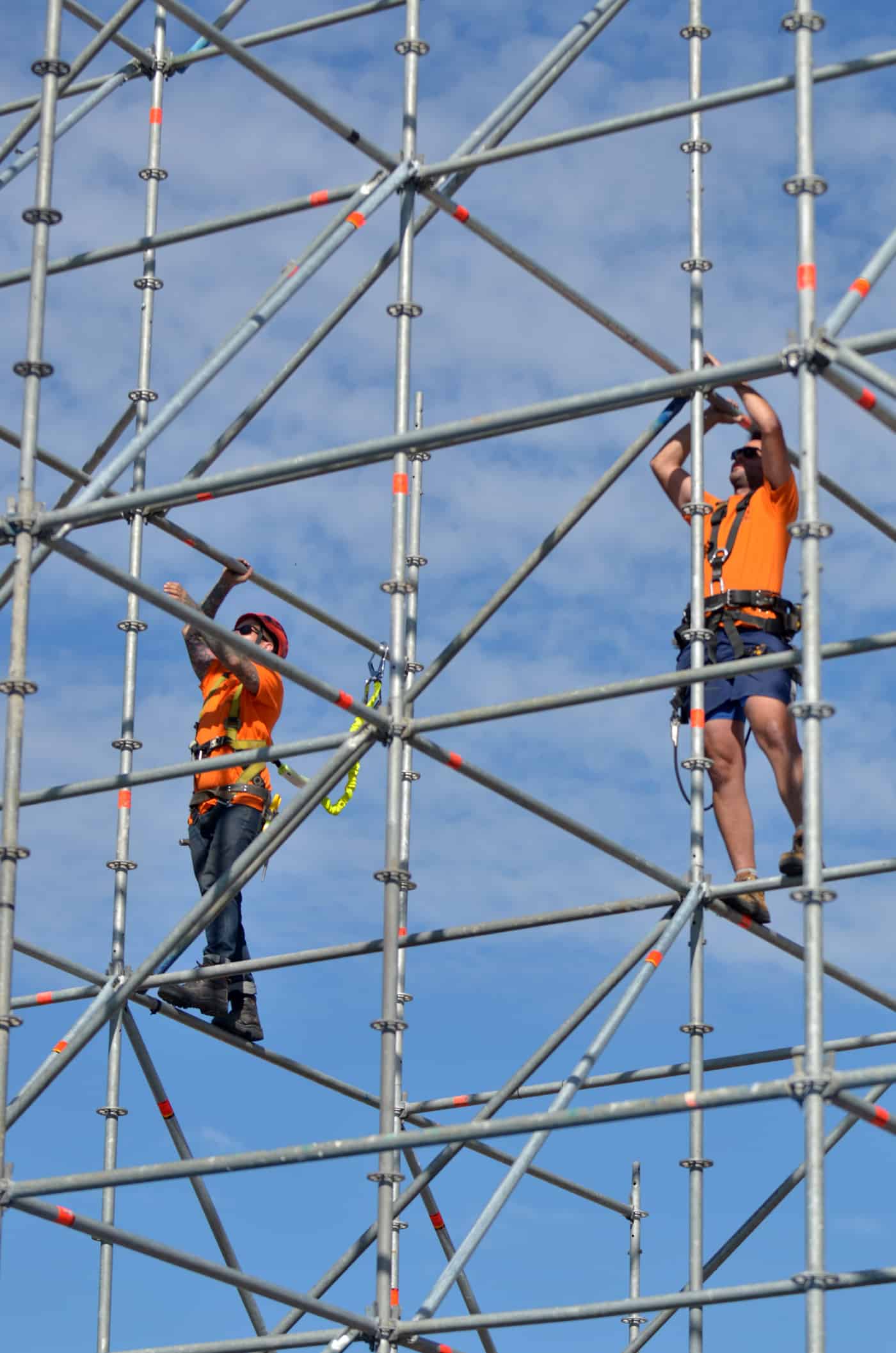By Melody Kemp

Asbestos resembles polio. Just when you think it’s beaten, it returns like some ghoul. If you think this is overly dramatic, last year Laos was struck by a polio outbreak. This year we learned that Laos now ranks amongst the globe’s major importers of asbestos. And it’s driven by cynical market forces targeting poorer nations, inadvertently promoted by international aid. Continue reading “Asbestos – out of sight but not out of mind in Asia”


 The
The 
